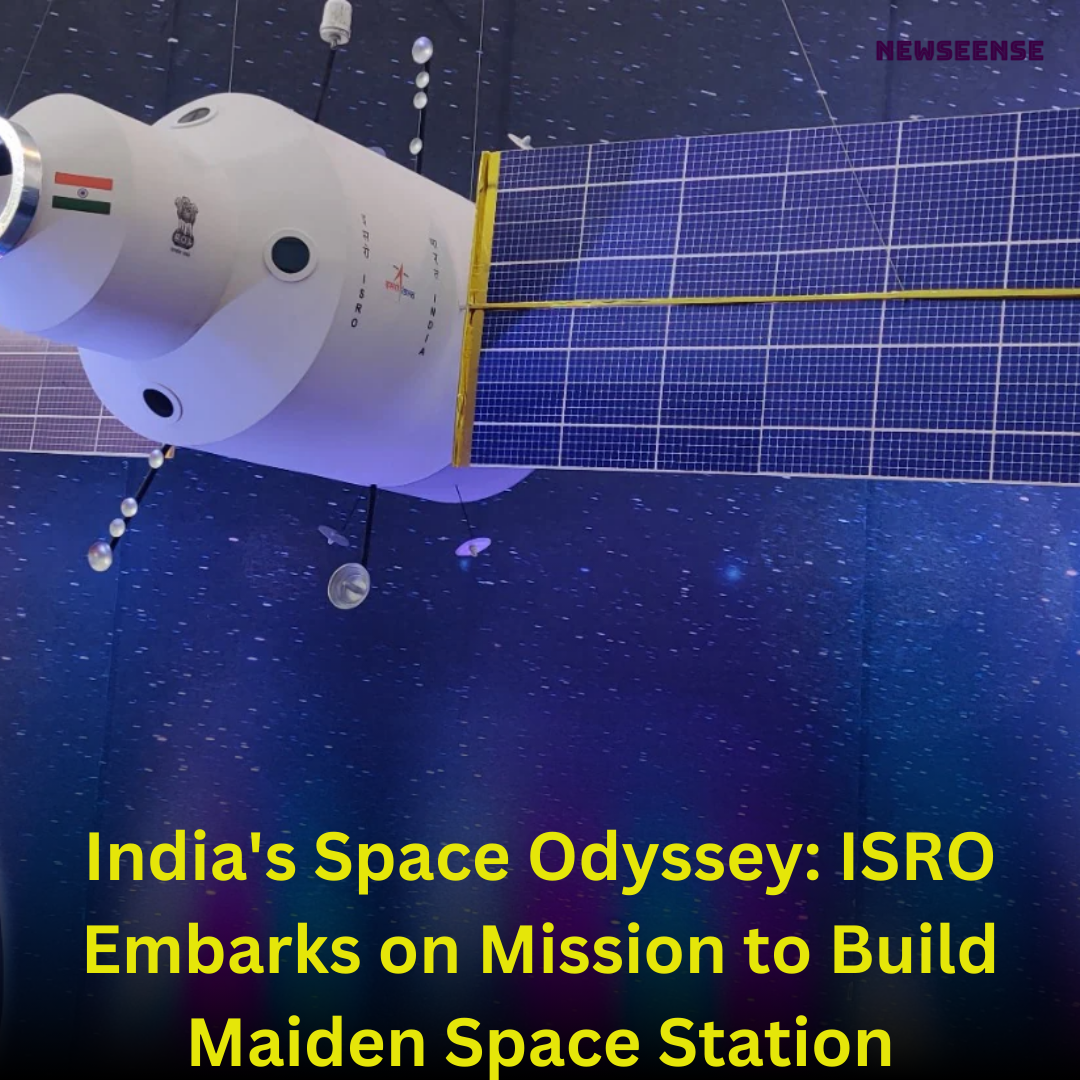
In a monumental stride towards space exploration, the Indian Space Research Organisation (ISRO) has commenced the ambitious project of constructing India’s first-ever space station. ISRO chief S Somanath reveals that the initial modules of the space station may launch within the next few years, aligning with Prime Minister Narendra Modi’s visionary goal to have India’s space station operational by 2035.

Named Bharatiya Antariksh Station, the space station is slated to orbit the Earth in a low orbit and could potentially accommodate 2 to 4 astronauts. If successful, India will join the elite league of nations, including Russia, the US, and China, with independent space stations in orbit.
Exclusive access granted to NDTV offers a glimpse of an artist’s impression of the space station displayed at the Vikram Sarabhai Space Centre. Dr Unnikrishnan Nair, director of the center, states that work is progressing swiftly, with plans to use India’s heaviest rocket, Bahubali or Launch Vehicle Mark 3, to transport components into an orbit approximately 400 km above Earth.
The space station holds the promise of enabling microgravity experiments, including astrobiology studies. It will serve as a platform to explore the potential for human habitat on the moon. Initial estimates suggest a weight of about 20 tonnes, with the possibility of inflatable modules being added in the future, potentially pushing the total weight to 400 tonnes.
Key features of the space station include a docking port for the crew module and rocket ferrying astronauts, designed to be 21st century compatible with the International Space Station. The station is envisioned with four different modules, at least four pairs of solar panels, and a permanently docked safety crew module escape system for emergencies.
The main module will house an India-made Environmental Life Support and Control System, responsible for generating oxygen, removing carbon dioxide, and maintaining optimum humidity levels. In the first phase, two large solar panels will generate the necessary power for the Bharatiya Antariksh Station.
This groundbreaking initiative aligns with Prime Minister Modi’s broader space vision for 2047, aiming for ambitious milestones, including the establishment of the space station and sending the first Indian to the Moon by 2040. India’s foray into space exploration promises to reshape the country’s role in the global space community and contribute significantly to scientific advancements and innovation.
Also read: https://newseense.com/spacex-launches-crew-8-on-extended-iss-science-mission/
- BJP President JP Nadda Issues Notice to Dilip Ghosh Over Controversial Remarks on Mamata Banerjee
- Ram Charan and Kiara Advani’s ‘Jaragandi’ Song from Game Changer Released
- Pre-Match Banter: Rohit Sharma’s Flying Kiss Recreation Adds Spice to MI vs SRH Clash
- Swami Smaranananda Maharaj, President of Ramakrishna Math and Ramakrishna Mission, Passes Away at 95
- Stand-up Comedian Munawar Faruqui Breaks Silence on Social Media After Mumbai Police Detention